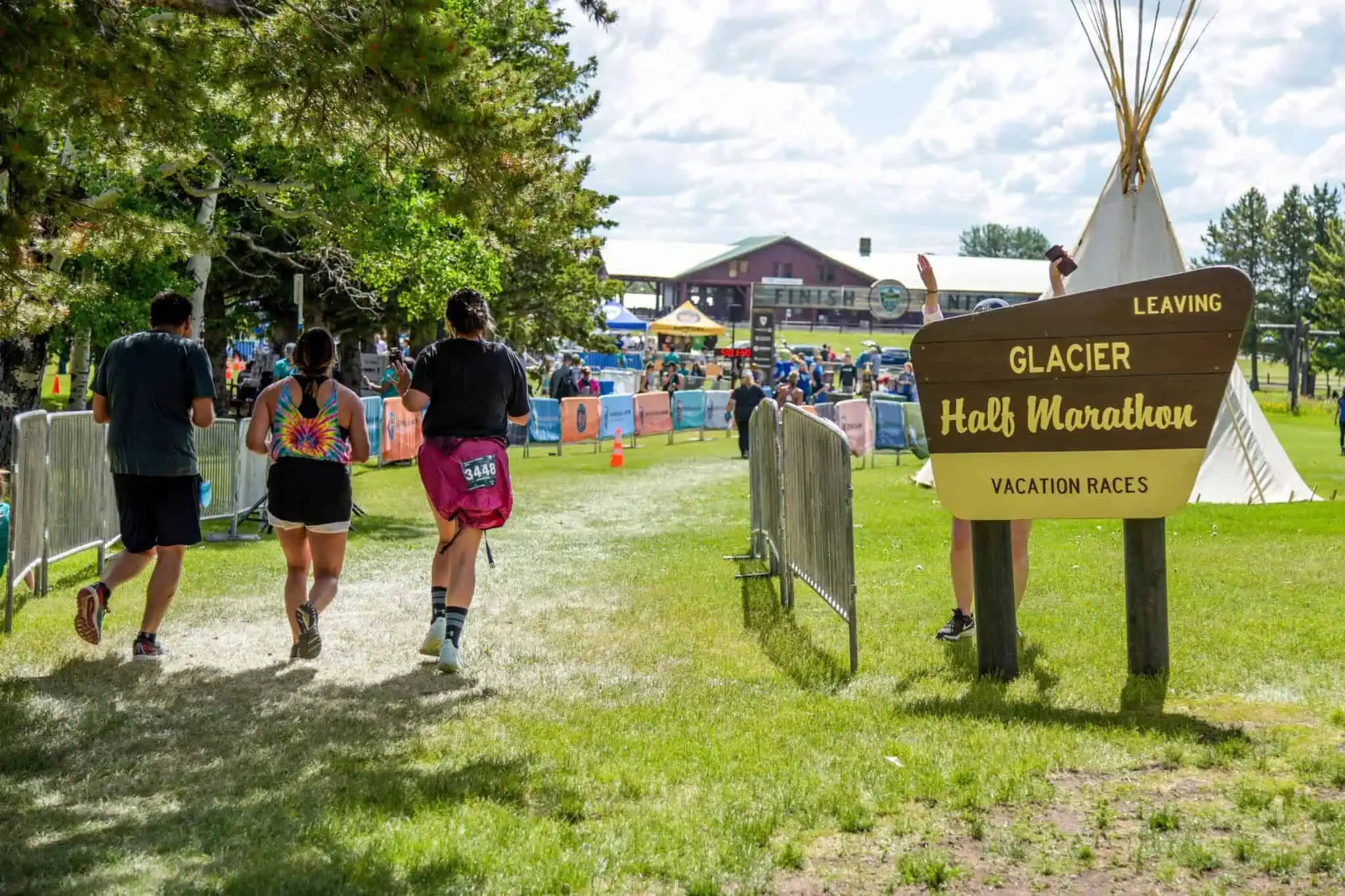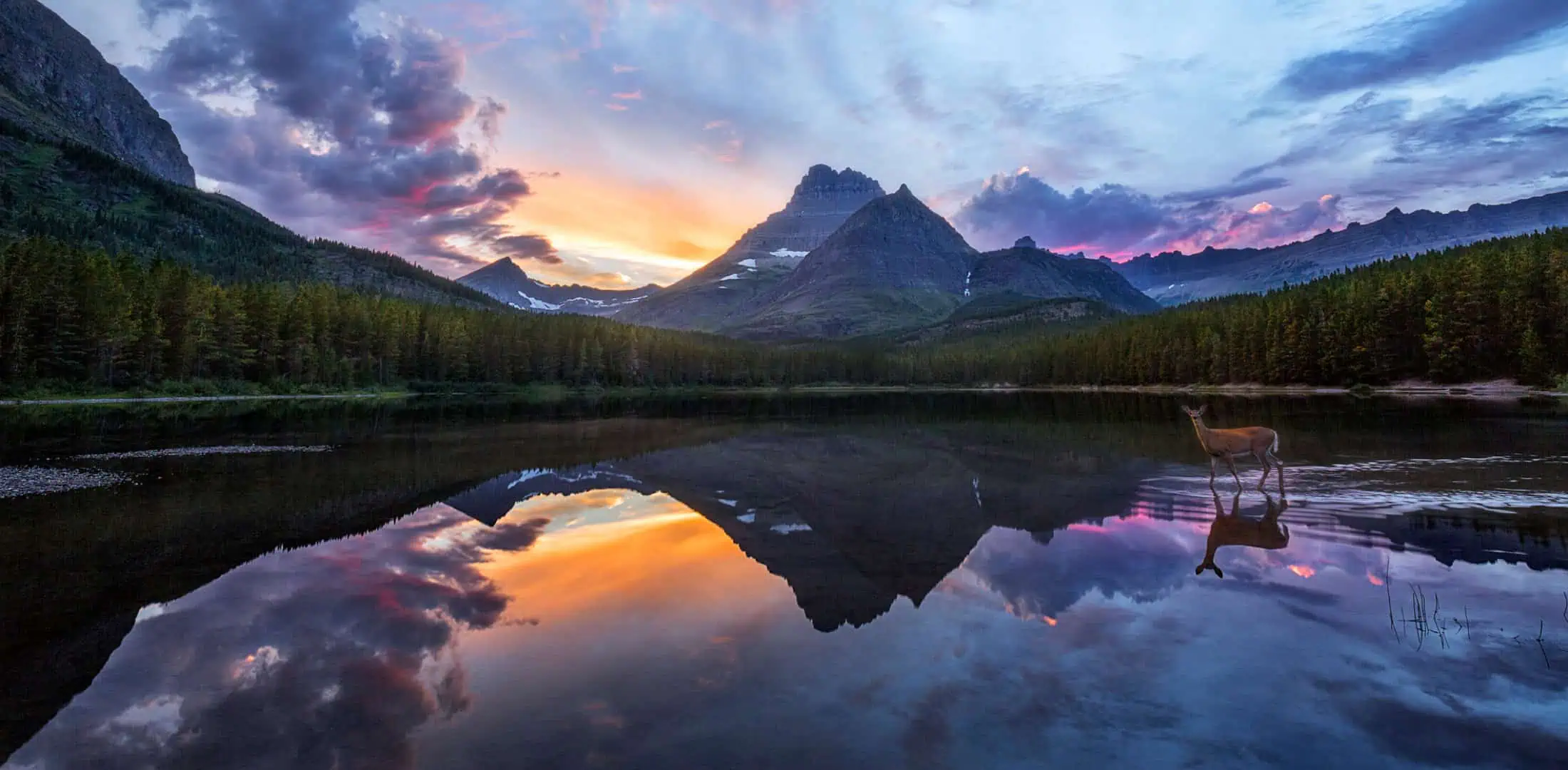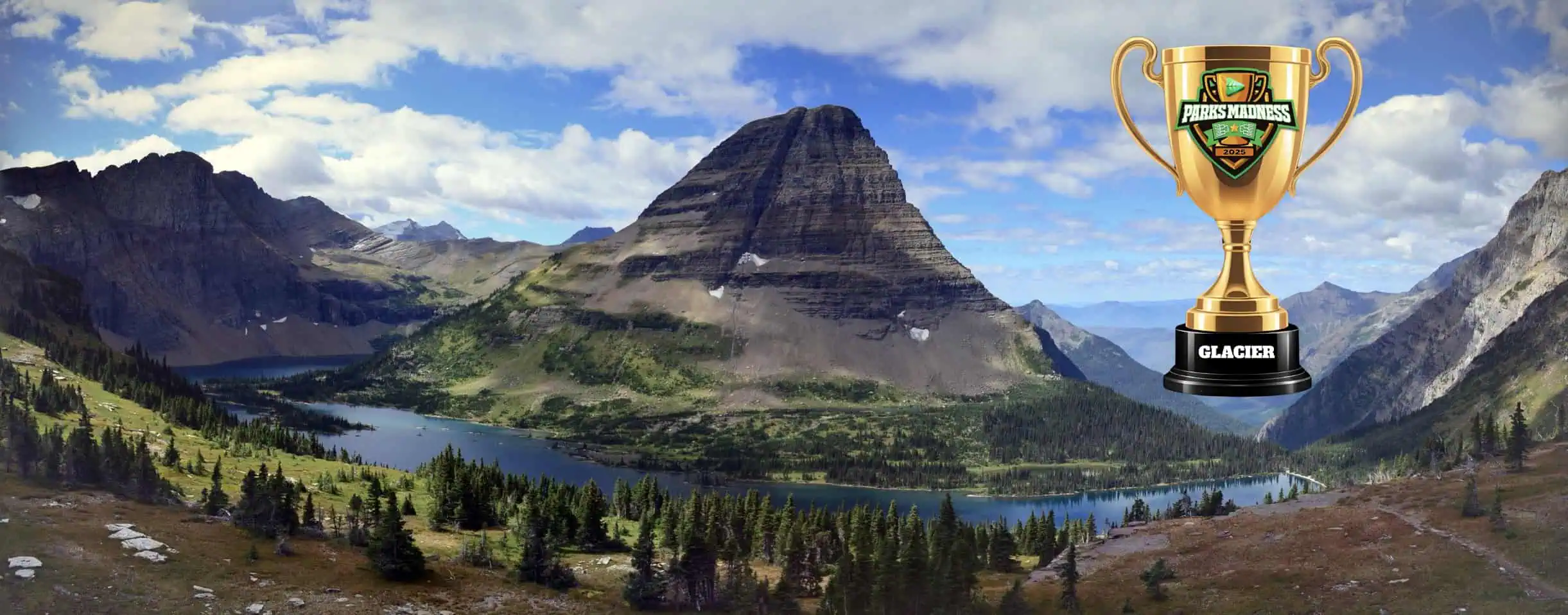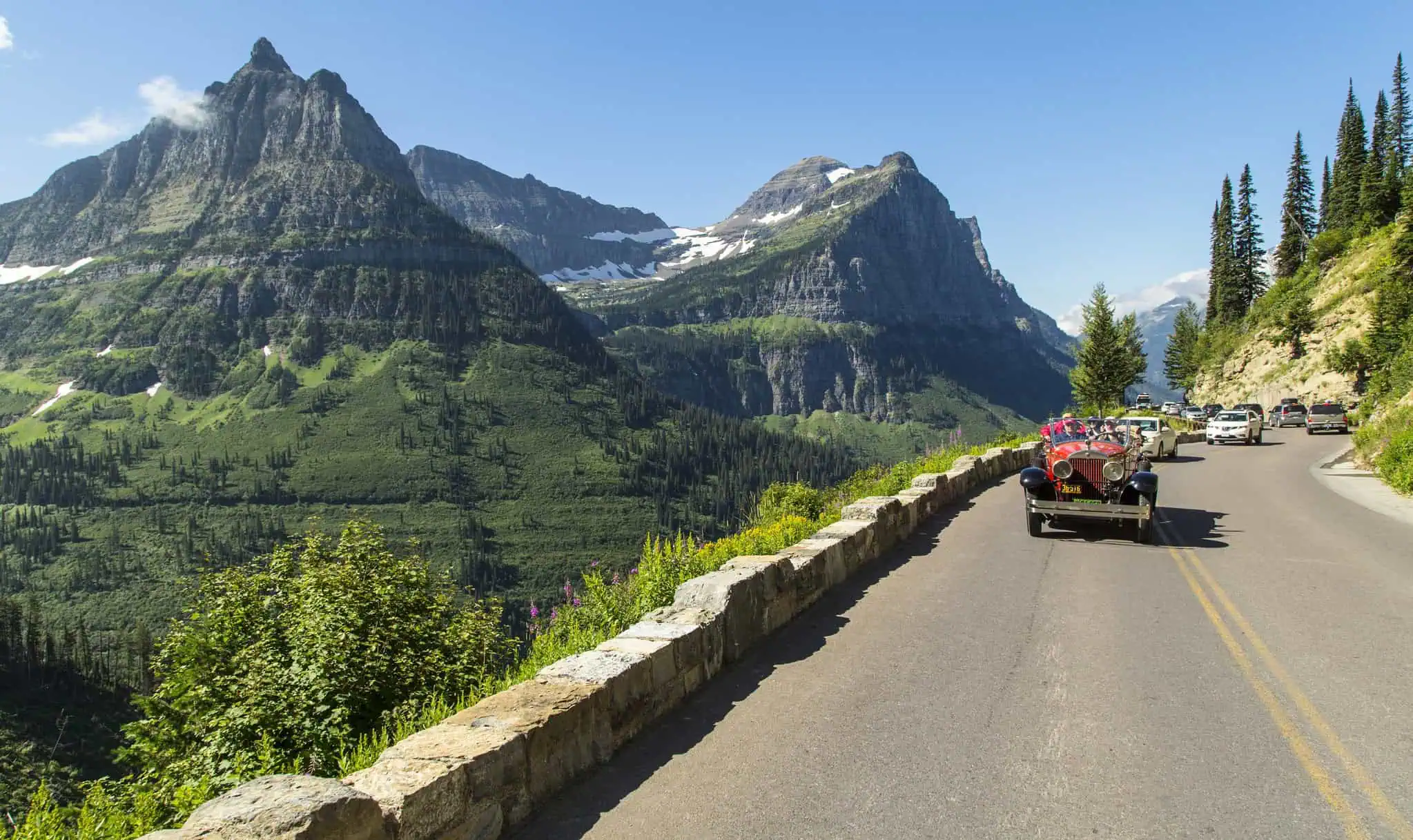Glacier’s Half Marathon Puts Runners on Top of the World
Lace up for 13.1 miles of high-country beauty, challenging climbs, and wide-open Montana skies on the doorstep of Glacier National Park.
If you’re looking for a half-marathon that combines serious challenge with unforgettable scenery, the Glacier Half Marathon, hosted by Vacation Races just east of Glacier National Park in Montana is a standout. The point-to-point 13.1-mile course begins near Browning/Kiowa on Highway 89, climbs steadily through the first 5 miles (starting around 5,000 ft elevation and topping near 5,980 ft) and then rewards you with sweeping downhill miles toward the finish on the lawn of the historic Glacier Park Lodge.
Early in the race you’ll scale “Looking Glass Hill” and you’ll pass by gorgeous views of Two Medicine Lake during miles 5-8. Although the race is not inside the national park (permissions are tricky), it borders the eastern edge and gives you some of the closest access to that wilderness panorama in a road-race format.
Organization, according to participant reviews, is strong: well-placed aid stations, smooth shuttle logistics to the start, and thoughtful touches like partnering with the Blackfeet Tribe (since the course begins on reservation land) and giving some of the registration proceeds back to the community. You can even reserve a campsite in the Vacation Races Campground (located at Red Eagle Campground on the Blackfeet Reservation, right by Lower Two Medicine Lake) when you register for the race.
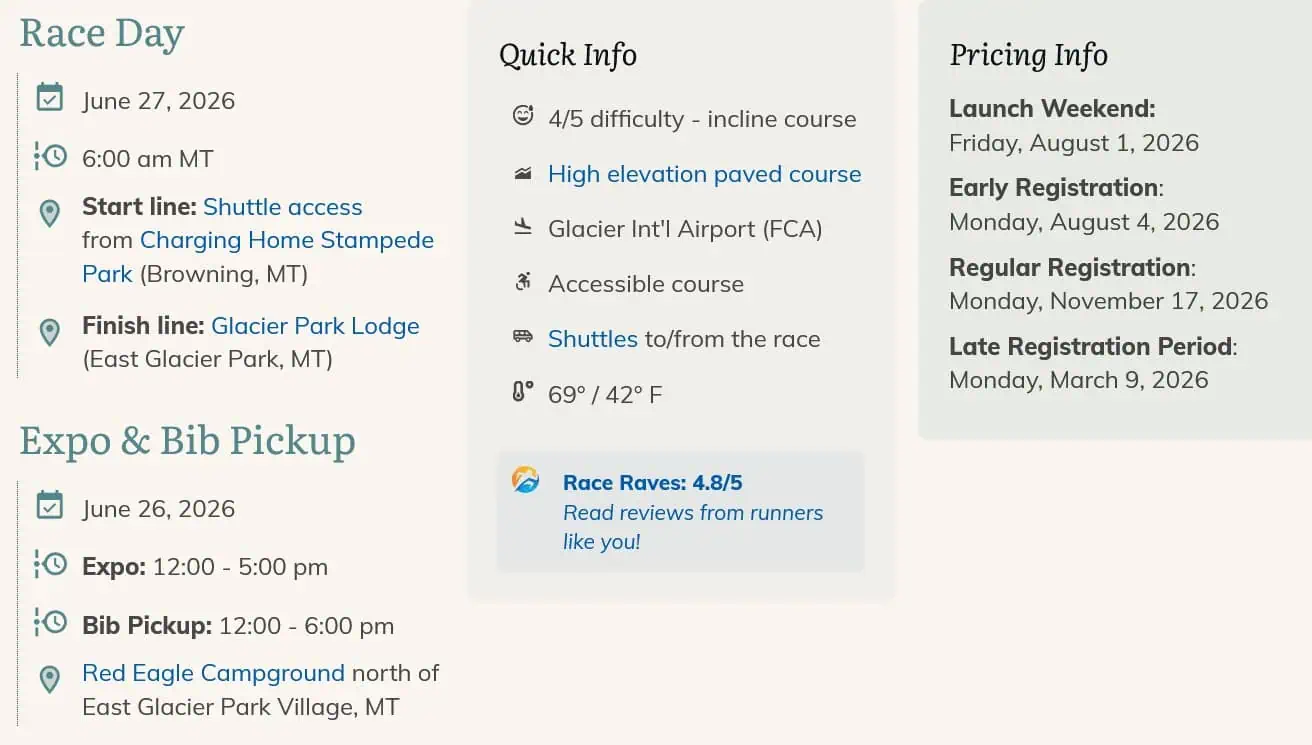
It’s considered a tough course (the first 5 miles of climbing catch a lot of runners off-guard) but many say the descent and vistas make it more than worth the effort. (Read some reviews of the race)
In short: for park-lovers who also want to lace up their running shoes, this event is a perfect blend of challenge + nature in one of the country’s most spectacular landscapes.
To help you get started planning your trip to Glacier, Parks Channel creators have lots of tips on where to go, what to pack, where to eat, where to stay, and what to do if you see a bear. Which you will. It’s Glacier.
Top photo by VacationRaces.com
Parks Without Borders
Through UNESCO designations like World Heritage Sites and Biosphere Reserves, our national parks are part of a global network of protected places.
The National Park System is not just “America’s Best Idea.” It’s part of an international movement. As countries conserved their most spectacular places in national parks, they started working with the United Nations in the 1970s to create new international designations. Today, many national parks here and abroad are now recognized by the UN Educational, Scientific and Cultural Organization (UNESCO).
What does UNESCO have to do with parks?
The UNESCO programs are about the places we treasure and stories we cherish that can be elevated by international recognition and cooperation—not only here but around the world.
In fact, the World Heritage Program focuses on Outstanding Universal Values of nature and culture of monuments; cultural sites and natural and scenic areas; and the shared values that define us and bring us closer together.
The World Network of Biosphere Reserves includes parks but puts a premium on places where people live and work to closely connect us to nature’s beauty and benefits. These are networks where America’s Best Idea can be shared with the world and the world’s best ideas shared with us. What could be better than working to preserve the places and stories we are proud of and learning about places that inspire pride in other countries? Going to see these places, of course!
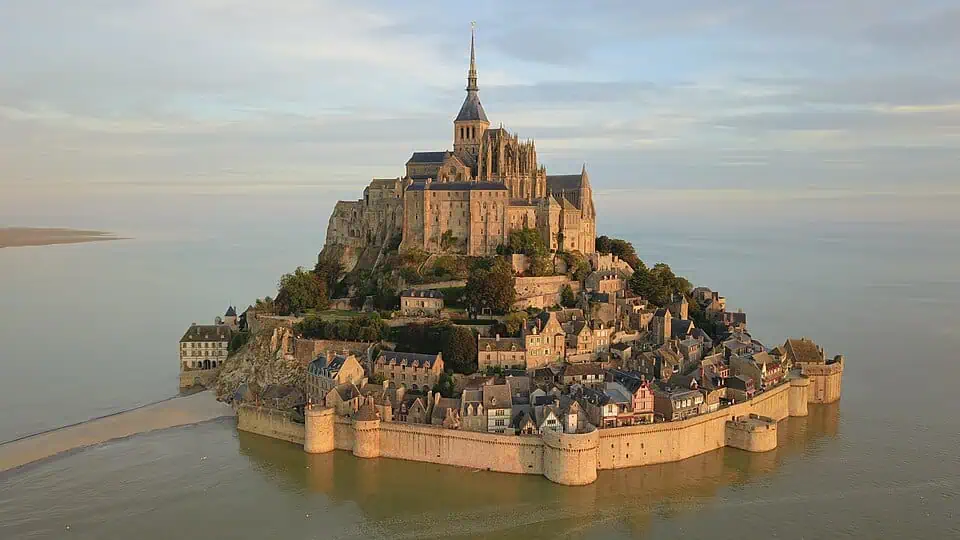
Blaze a Trail to Glacier
Honors seem to follow the best of the best. This year’s winner of the Parks Madness contest, Glacier National Park, is also a World Heritage Site, Biosphere Region, and International Peace Park together with Waterton Lakes in Canada. But Glacier NP is only one part of the Crown of the Continent region straddling the U.S., Canada, and Indian reservations and vast tribal ancestral lands.
Here, in 2023, the Blackfeet Nation released a herd of bison back onto their ancestral lands, marking the first time in 150 years that this culturally important animal and ecosystem engineer roamed the area. Take a horseback trail ride or set out on the Blackfeet Trail Tour, a self-guided route that meanders 70 miles through the Blackfeet Nation and includes 15 sites. Or you can drive Glacier’s majestic Going to the Sun Road (be sure to get your timed entry vehicle registration this summer), hike, camp or fish on the North Fork Flathead River in the National Forest, or venture into Canada and Waterton Lakes National Park.
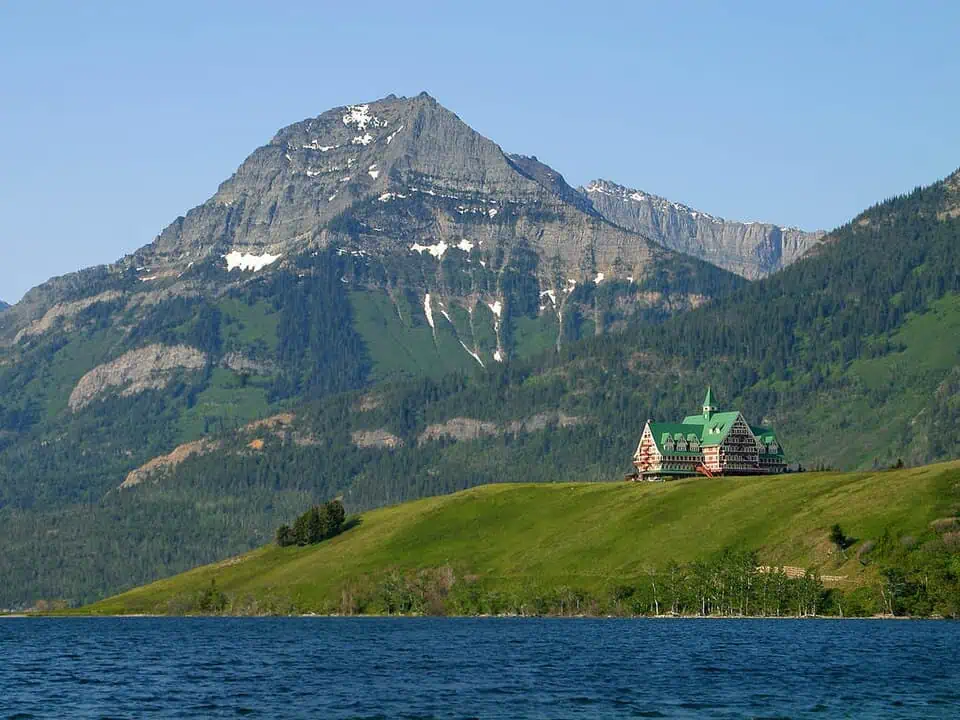
Be A World Class Visitor
Chances are there is a Biosphere Region or World Heritage Site near you with 28 biosphere regions spanning the continental U.S., Alaska, Hawaii and the U.S. Caribbean—with mountains, lakes, rivers, deserts, beaches, coral reefs, and the local communities and lands in and around them. Visit biospherenetwork.org to learn more. The most recent of the 26 U.S. World Heritage Sites is the Moravian Church Settlements in Bethlehem, Penn., linked with three other settlements in Christiansfeld, Denmark, Herrnhut in Germany, and Gracehill in the United Kingdom/Northern Ireland, all known for their unique architecture. Learn more about the 26 sites in the U.S.
And that’s not to mention the hundreds of sites around the world to visit. While visiting a park or international site, extend the hand of friendship to your fellow world travelers from other countries. It sure wouldn’t hurt to improve our difficult relations with the world right now.

Cliff is an author and filmmaker who creates stories that inspire people to conserve our natural and cultural heritage. His credits include Mammoth Cave Biosphere Region – Water connects us all, one of a series he produced and directed in collaboration with the American University Center for Environmental Filmmaking. He has produced environmental education videos for middle schools and coral reef education and training videos for the recreational diving industry. Cliff also worked for passage of legislation in Congress to release the Voice of America coral reef documentary, The Fragile Ring of Life in the United States, a film about the worldwide plight of coral reefs. He recently concluded a 23-year career in the National Park Service. Cliff is the Senior Strategic Advisor to the U.S. Biosphere Network of 28 biosphere regions in the U.S. that work locally and globally to enhance the health and well-being of people and the environment.
A mule deer wanders out into the shallows of a small lake in Glacier National Park, Montana. (Photo by Jon Farmer-iStock)
PARKS MADNESS 2025: Glacier Takes the Crown!
Montana Gem Defeats Maine’s Acadia in Championship Round
The annual spring plowing of Going-to-the-Sun Road might still be underway, but Glacier National Park can prepare for its closeup after a convincing win over Acadia in Parks Madness 2025. Home to 175 mountains, 762 lakes and 25 active glaciers, spread over a million acres, the Montana park known as the Crown of the Continent tallied a 71-29% victory. As one voter put it, “Glacier is just…an awe-inspiring wonderland.”
With 2024 champion Yellowstone out of the tournament and historical parks and trails added to the mix, this year’s Parks Channel-EarthX Media competition generated tough matchups in every round – and two Cinderella stories with New River Gorge and Mesa Verde reaching the Sweet 16. Last year’s runner up, Zion, was upset by Grand Teton in the Elite 8. To reach the final, No. 3 seed Glacier had to glide past No. 2 seed Grand Canyon and No. 4 Rocky Mountains to win the Eagle bracket, then topple the Bear Bracket winner, Yosemite.
Acadia had a slightly easier path in the Bison bracket when No. 1 seed Statue of Liberty fell in the first round to New River Gorge. The Maine marvel, which boasts more than 130 miles of hiking trails and draws over 3.5 million visitors a year, had to wind past New York’s Central Park and Hawaii’s Haleakala, then No. 3 seed Shenandoah. In the Final Four it faced America’s most visited national park, the No. 1 seed and Owl bracket winner Great Smokies. Despite its loss to Glacier, Acadia had fervent backers. “Acadia is the only place I have ever been on a mountain hike, a beach hike and a lake hike all in one day!” voter Anna Bosco said.
Parks Madness 2025 came at a time when national parks are under increasing pressure from personnel and budget cuts, even as visitation reaches record levels.
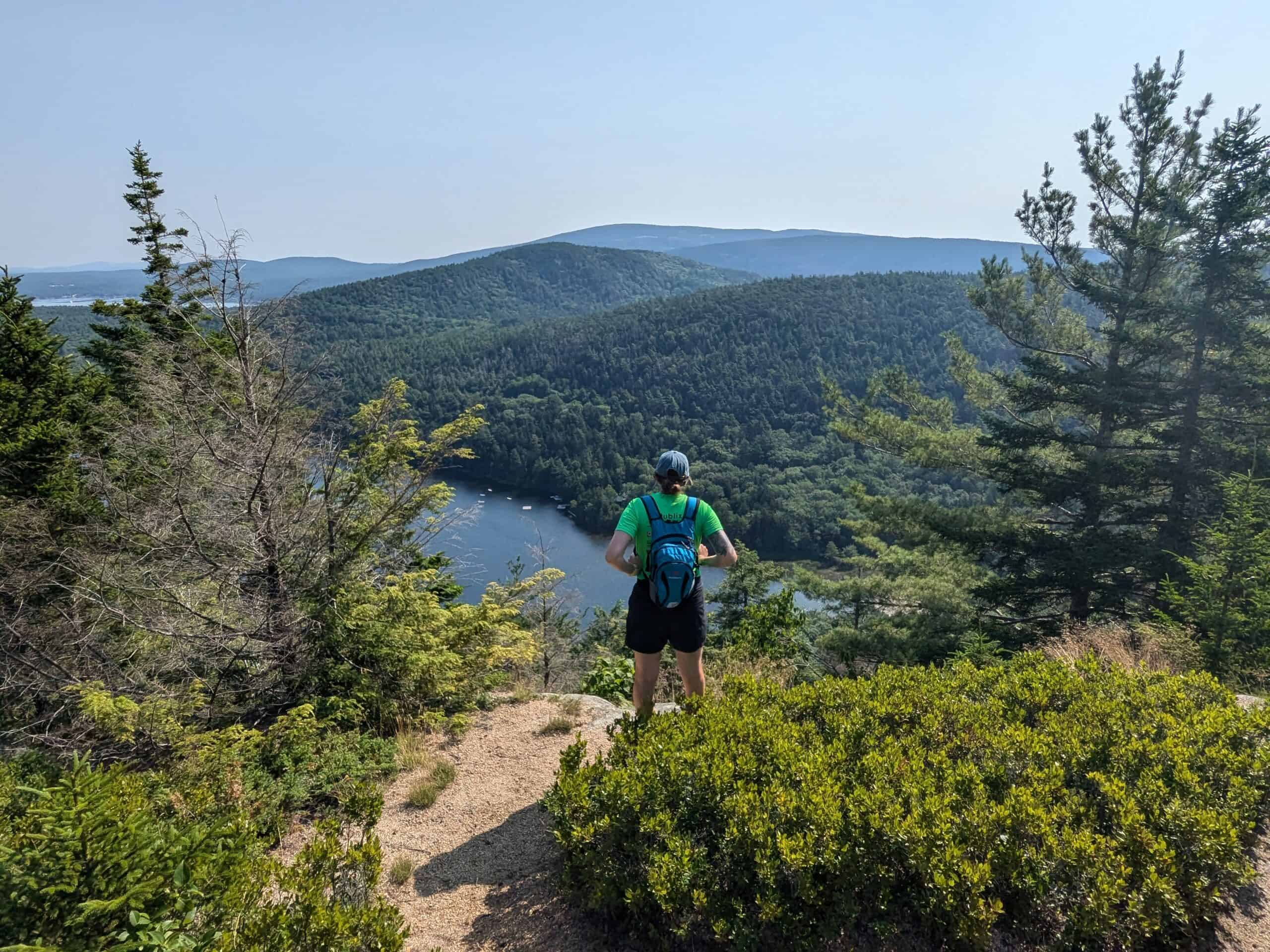
Voters expressed concern and support for the National Park Service even as they championed their favorites. “I was lucky enough to spend nearly 12 months backpacking through the USA in 2023/24, leaving just after the election,” voter Simon Chelley said. “I managed to visit 35 national parks, plus plenty more monuments, national historic sites, state parks etc. and truly believe that the NPS represents some of the best of what the USA could be.”
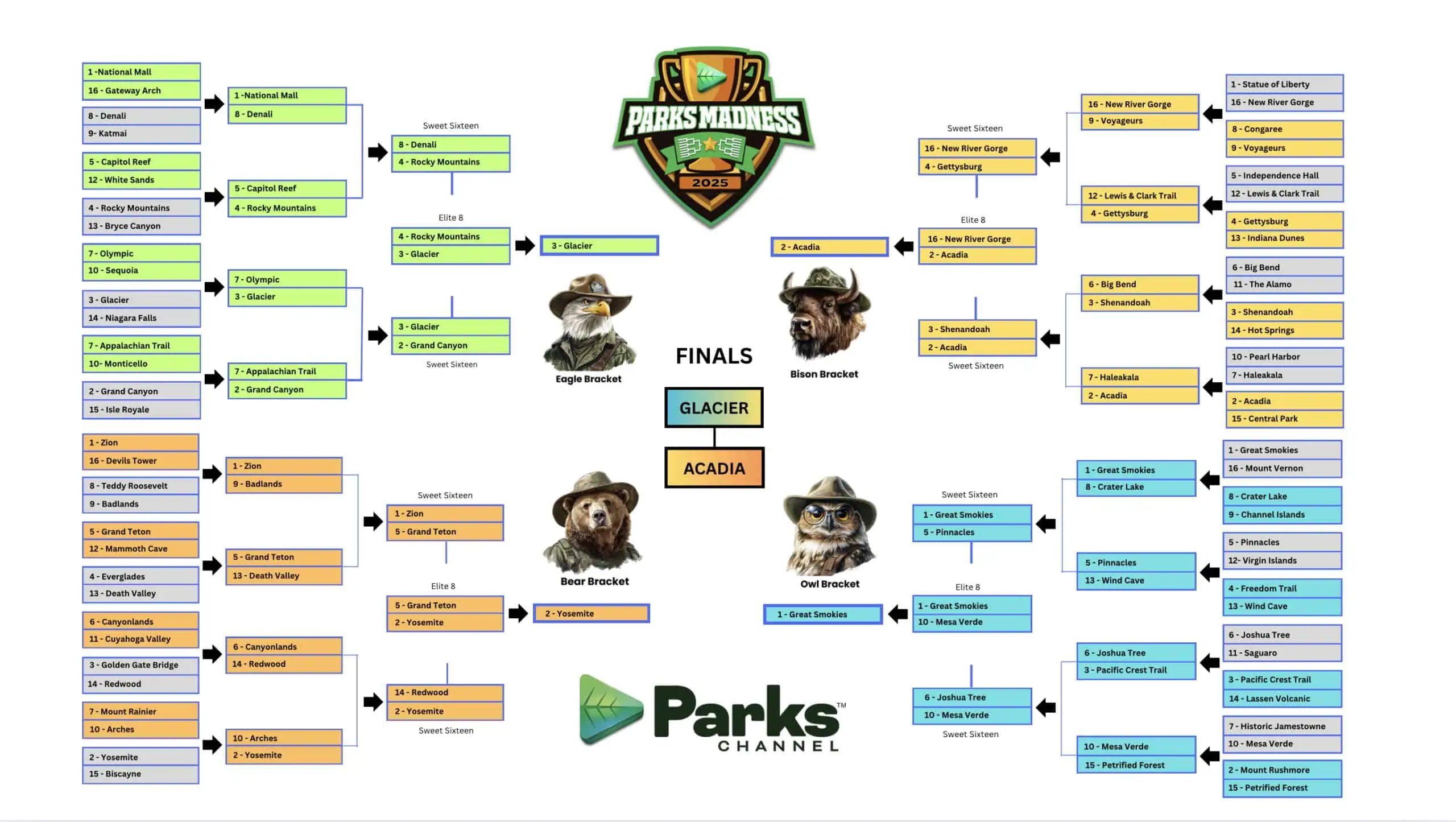
Your Comments
I mean, what is there to say?!?! It’s magical and on an island. It’s in Maine and I’m not even from the east coast, that’s just how spectacular it is. Riding bikes around Schoodic Peninsula will literally change your life. Literally. Team Acadia.
Glacier has so many different parts that are breathtaking. Because it is so remote the experience was much better than at the jam-packed Acadia.
What, like it’s hard? Acadia is the best park around!!
Wish it was New River Gorge
My family was amazed when we visited Glacier National Park in the 1970’s. I hope it’s still there in the 2070’s!
I’ve said that Glacier should be the winner from round 1!
Acadia is the only place I have ever been on a mountain hike, a beach hike, and a lake hike all in one day!
Going to the Sun Road! Dark Sky Park! Lakes! What’s Not to L O V E?!
I’ve been to both and it’s not even close. Bottom line, Glacier has way better scenery, way better hiking, and way better wildlife.
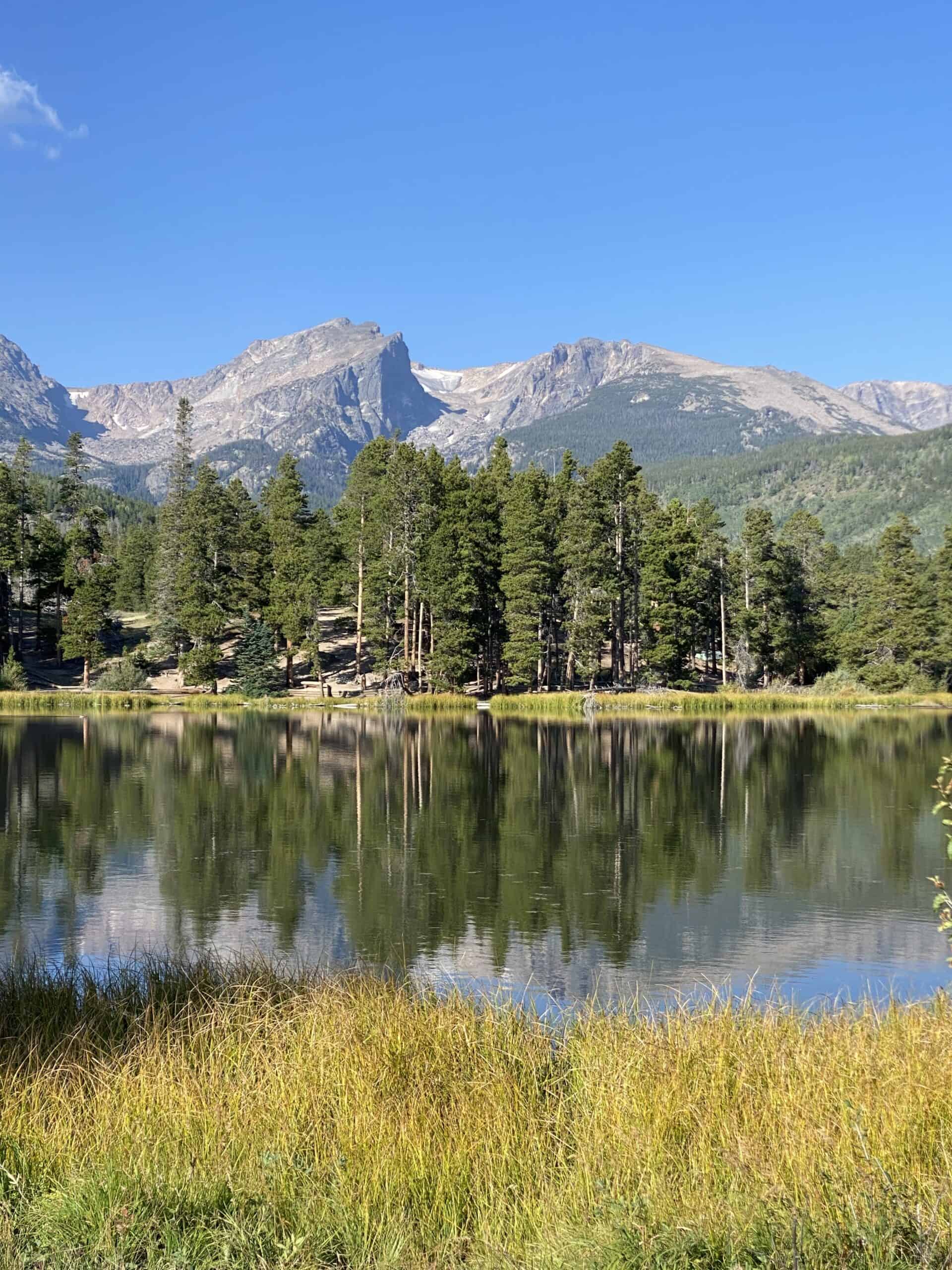
Yay! Go glacier. Mountain goats FTW
If it can’t be Yosemite, then it should go to Glacier!
Glacier is stronger on geological and biological diversity. And it got used in The Shining, one of my all-time favorite movies.
I haven’t been to either, want to see both, and Glacier tops my list!
Glacier is just… an awe-inspiring natural wonderland.
My trip to Acadia with my family was one of my favorites. Beautiful coastline, gorgeous trees, wildlife, family friendly hiking and Cadillac Mt sunrise! A one in a million jewel! Well deserving of the title this year.
Glacier is hands down one of the best national parks to visit. It’s smaller crowd size and amazing landscape makes it the ideal park to get away from the public and see wildlife.
Glacier is truly an amazing place! Not only spectacular scenery, but wonderful wildlife viewing as well.
Glacier all the way!
Top photo of Glacier by Ramprasad Sugumaran
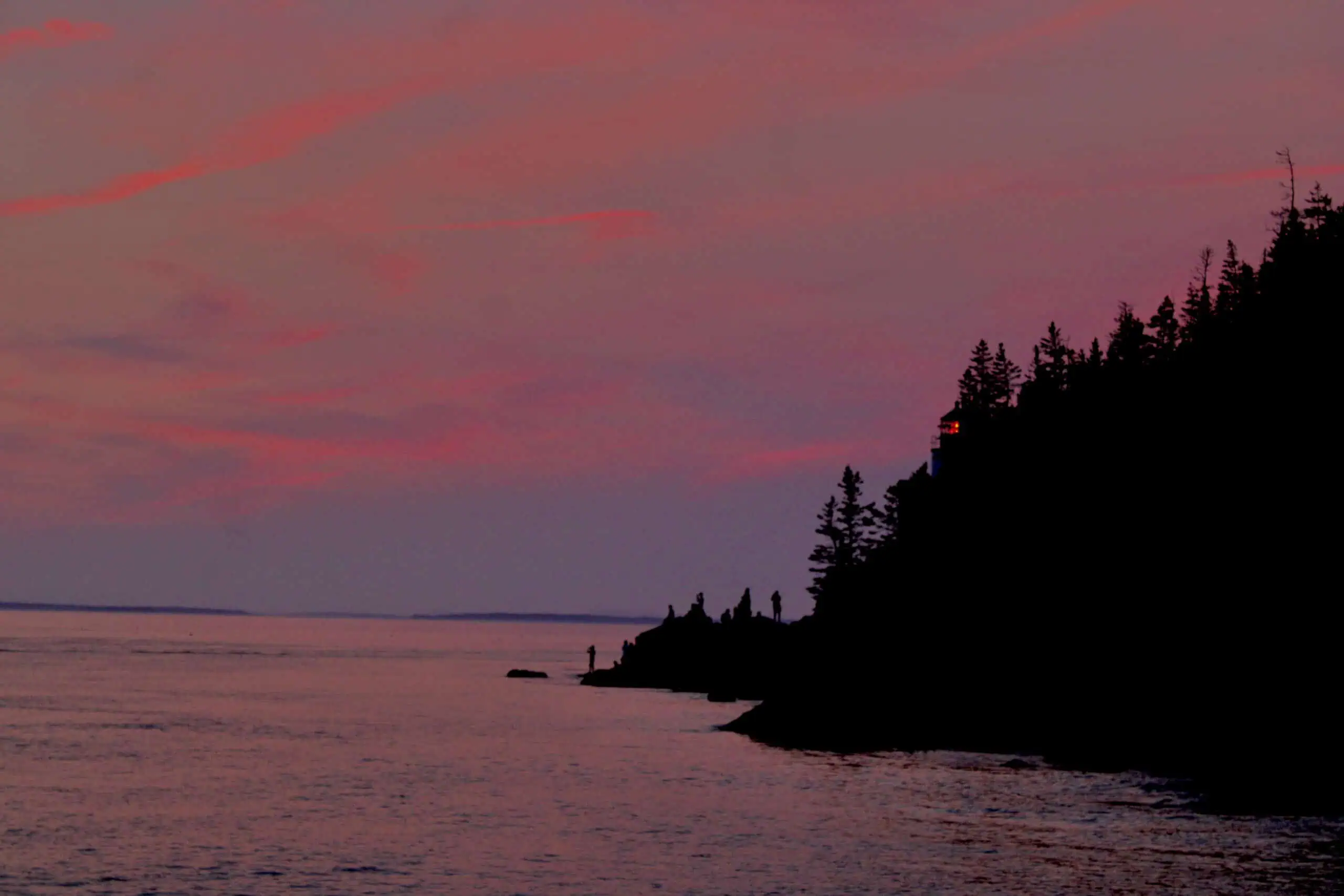
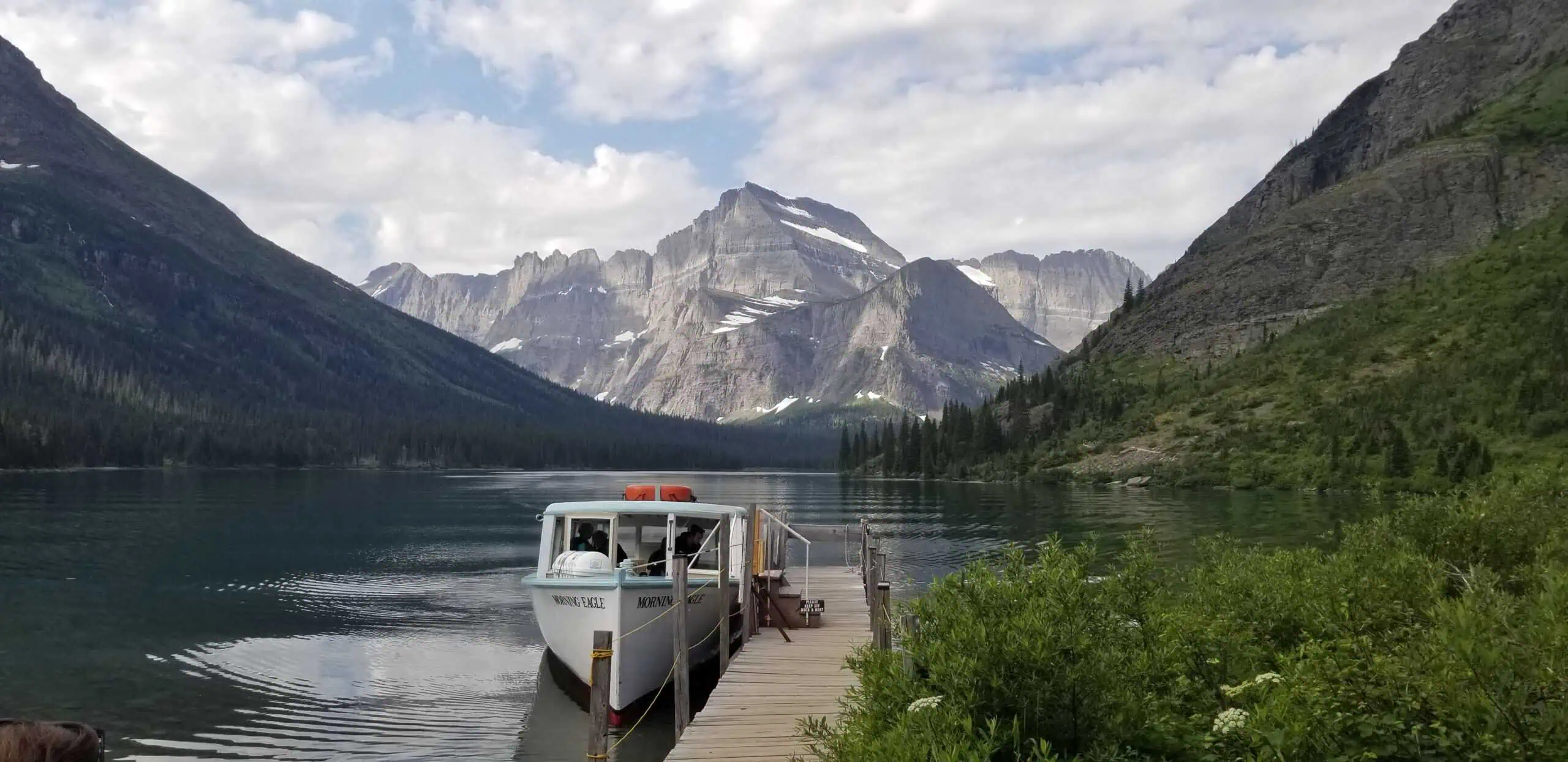
Going-to-the-Sun Road
This engineering marvel traverses Glacier National Park’s rugged terrain for 50 miles and offers awe-inspiring views of snow-capped mountains, alpine meadows, and pristine lakes.
If there’s one thing you don’t want to miss at Glacier National Park, it’s driving Going-to-the-Sun Road. This 50-mile masterpiece cuts right through the heart of the park, taking you across the Continental Divide and showcasing some of the most jaw-dropping views in the country. It’s more than just a scenic drive—it’s an experience.
An Engineering Landmark
The road stands out as a remarkable engineering achievement of the early 20th century. Roughly twelve miles of it were painstakingly carved into steep mountainsides, relying largely on manual labor with minimal powered equipment.
It also holds historical significance as the first project completed under a 1925 cooperative agreement between the National Park Service and the Bureau of Public Roads. Going-to-the-Sun Road set a groundbreaking precedent for the National Park System, demonstrating the principles of successfully integrating man-made features into the natural landscape.
Completed in 1932, it’s a National Historic Place, National Historic Landmark and Historic Civil Engineering Landmark.
Watch Cheryl Schoss of We’re in the Rockies discuss her experience of driving Going-to-the-Sun Road
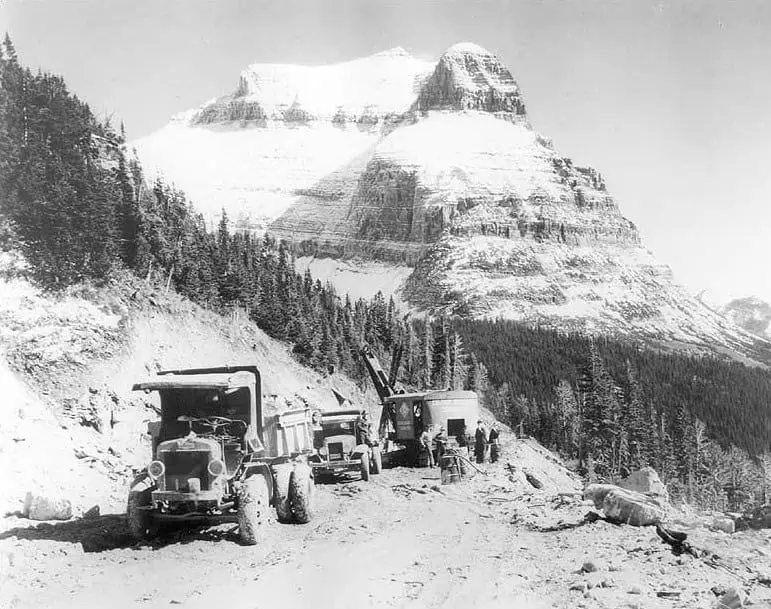
The Crown of the Continent
Driving it today, you’ll understand why it’s so famous. Starting near West Glacier, the road winds along the shores of Lake McDonald, a serene, glacially carved lake perfect for a quick paddle or picnic. You’ll weave through forests and as you climb, the views just get better. Think roaring waterfalls, steep cliffs, and sweeping valleys.
At the top, you’ll cross the Continental Divide at Logan Pass. At an elevation of 6,646′, it’s the crown jewel of the trip and the Crown of the Continent. Stop, stretch, and take in the subalpine meadows dotted with wildflowers. It’s also a great spot for a short hike, like the Hidden Lake Overlook or the start of the Highline Trail. Keep your eyes peeled for wildlife including mountain goats, bighorn sheep and bears.
On the eastern descent, St. Mary Lake steals the show. Its striking turquoise water is almost surreal, especially with Wild Goose Island sitting like a postcard-perfect centerpiece. You’ll also pass views that make you want to stop every five minutes, so leave plenty of time for photos.
Now, let’s talk logistics. Driving Going-to-the-Sun Road isn’t as simple as showing up and hitting the gas. The lower elevations are open and accessible year round, but the alpine portion is only open in the summer. Each year, anticipation builds as people try to guess the opening date of Logan Pass, a rite of spring shaped by snowpack and the challenges of high-altitude plowing.
The window for driving the length of it is generally mid June through the end of September. And since it’s so popular—hundreds of thousands of visitors drive it every year—Glacier requires a timed-entry reservation during peak summer months.
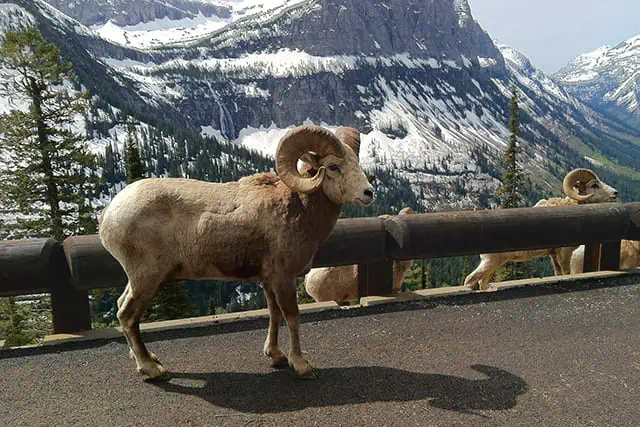
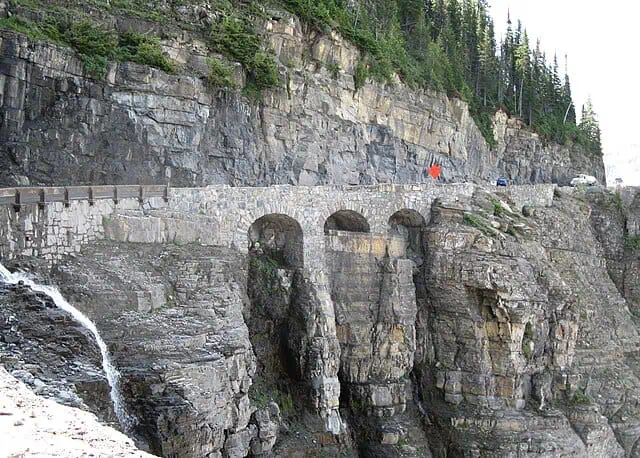
Planning to drive Going-to-the-Sun Road between June 13 and September 28? Here’s the scoop:
- Timed Entry Reservations: If you’re visiting the west side of the road or North Fork between 7 a.m. and 3 p.m., you’ll need a timed entry vehicle reservation or proof of a service reservation (like a lodging or activity booking).
- Park Access Pass: You’ll also need to pay the Park Entrance Fee or have a valid Park Pass (Annual, Senior, Military, etc.).
- No Reservation? No Problem! The park is open 24/7, and you can enter the reservation-required areas before 7 a.m. or after 3 p.m. without a vehicle reservation.
- Already Booked Activities? If you’ve reserved lodging, camping, or a commercial activity (like a boat tour or horseback ride) within the reservation area, you can use your booking confirmation as your entry pass.
- How to Get a Vehicle Reservation: Starting February 12, 2025, reservations open on Recreation.gov at 8 a.m. MST, and are released on a daily rolling basis. Starting June 12, 2025, at 7 p.m. MDT, next-day vehicle reservations will become available for entry the following day (on a daily rolling basis).
- Have Your Reservation Ready: Arrive at the park on your selected date with a screenshot or printout. Cell service in the park is limited.

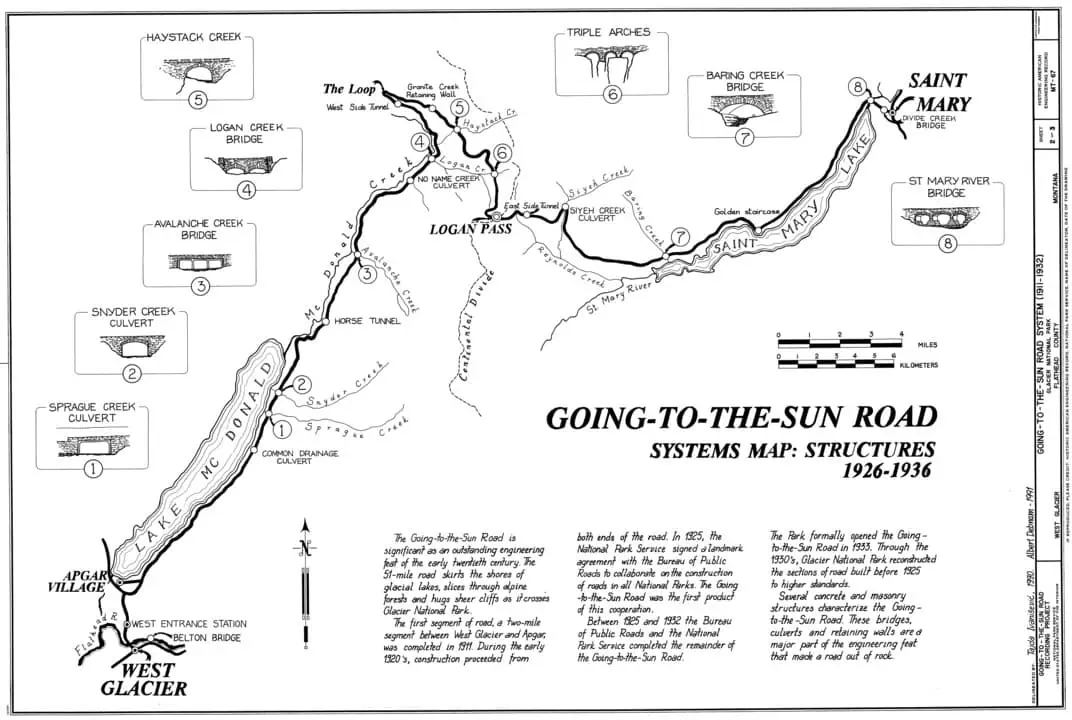
To help you get started planning your trip to Glacier, Parks Channel creators have lots of tips on where to go, what to pack, where to eat, where to stay, and what to do if you see a bear. Which you will. It’s Glacier.
Top photo of Going to the Sun Road in Glacier National Park by the National Park Service

